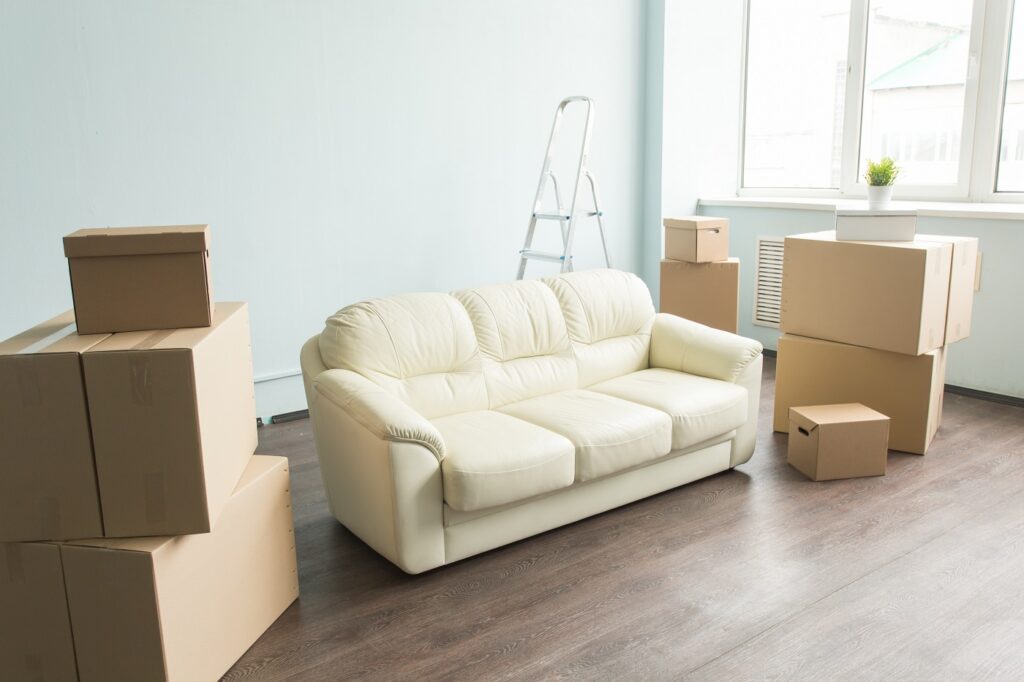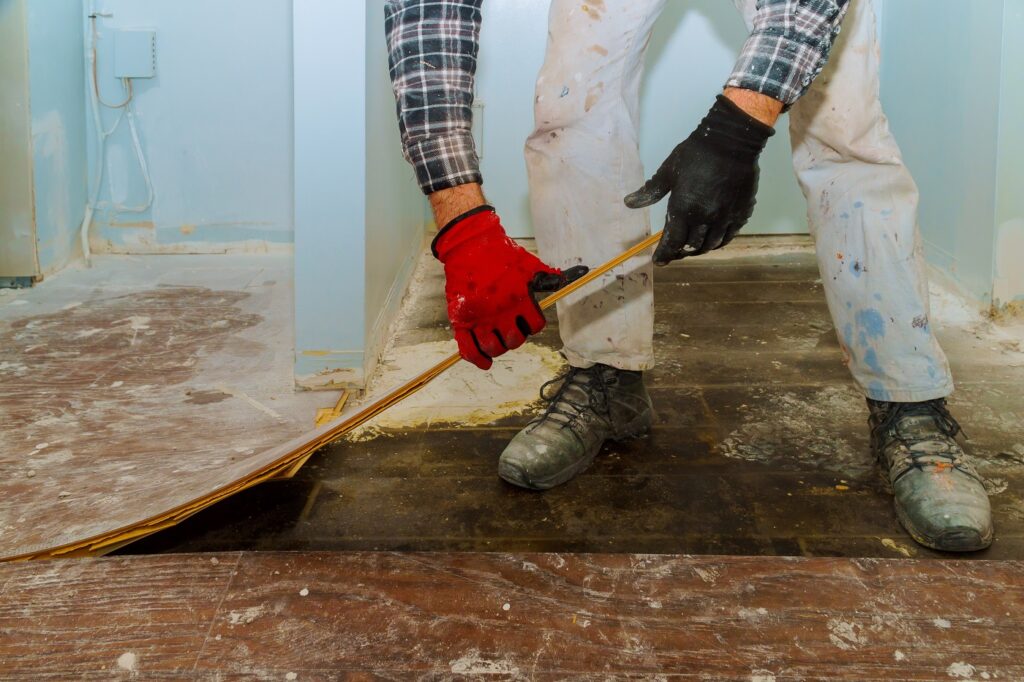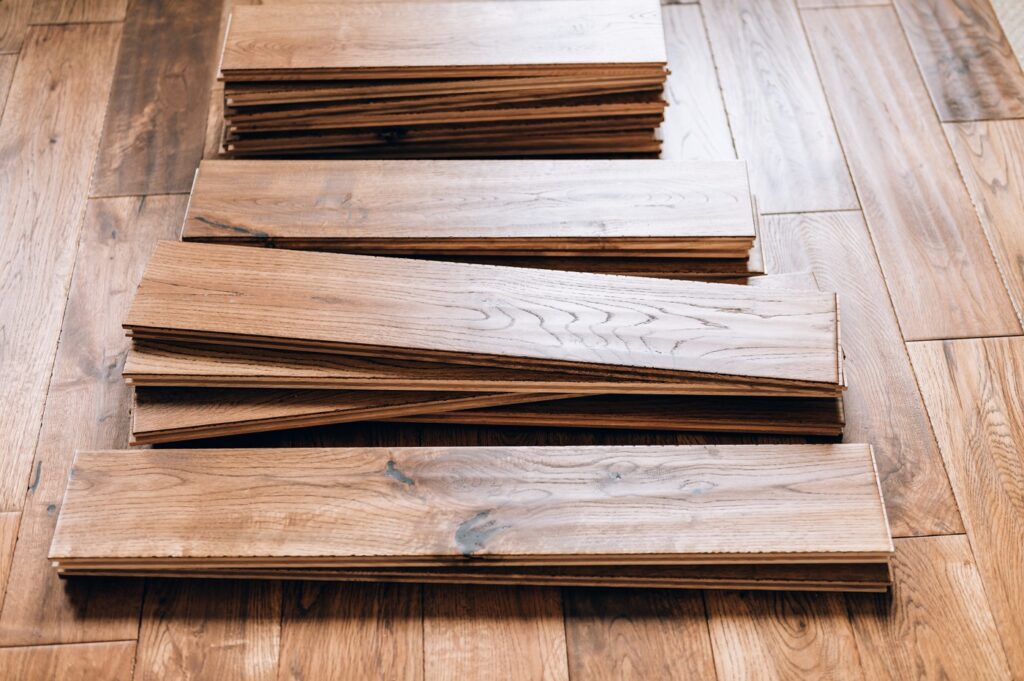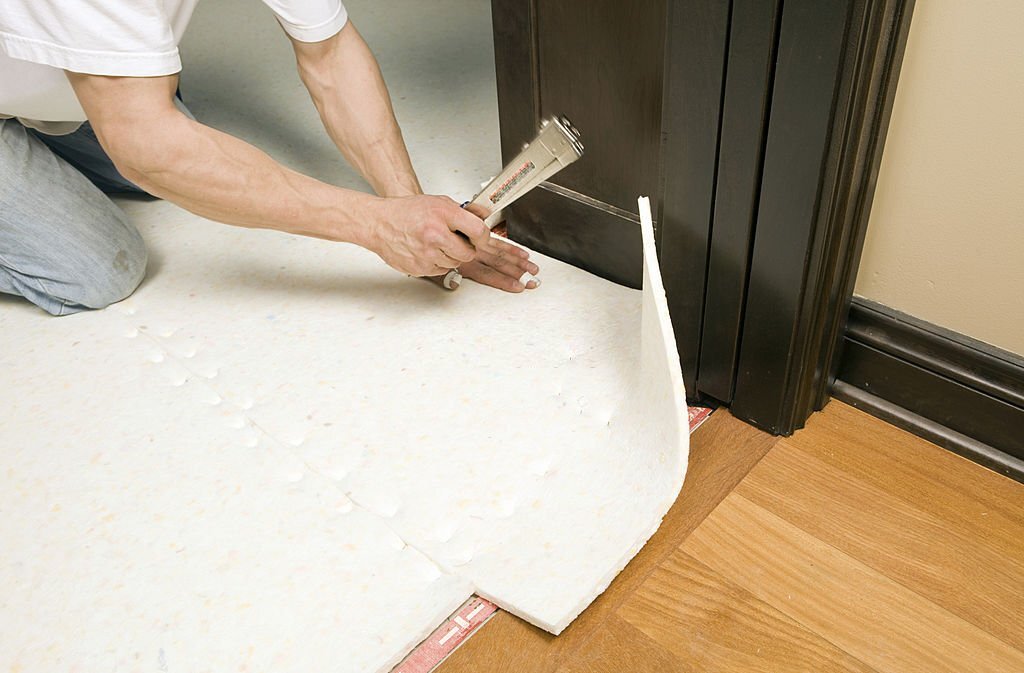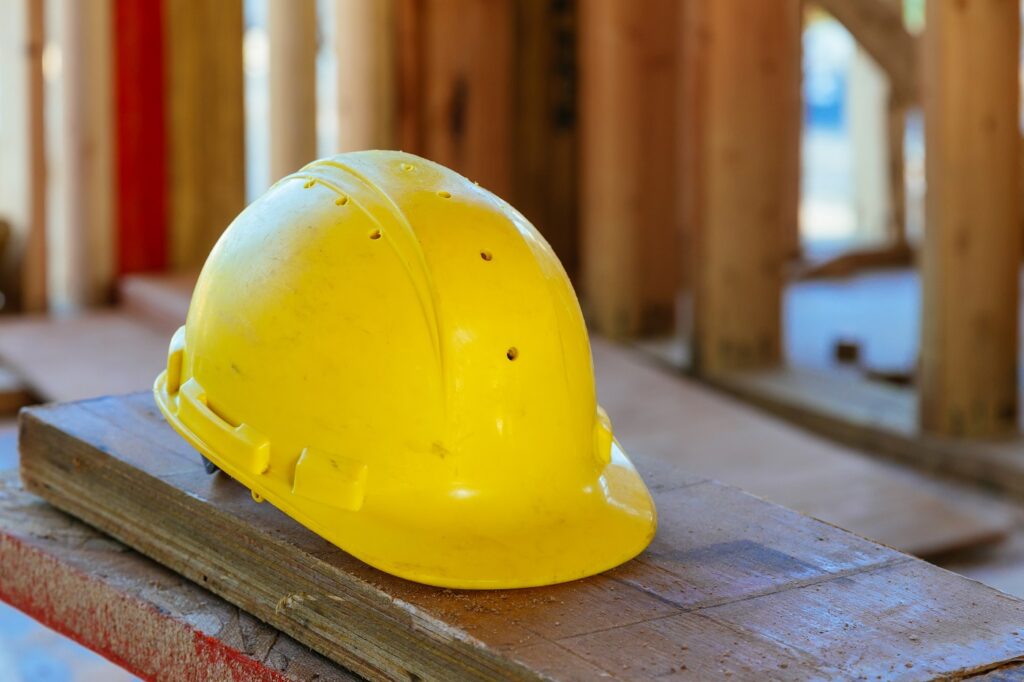Need Help
FREQUENTLY ASKED QUESTIONS
How do floating floors function?
In floating flooring, the flooring is layered over a layer of underlay. Instead of being nailed or cemented into the permanent floor, individual planks are joined together using adhesive. This method of installation, which “floats” the floor above the underlayment, is typical for laminate flooring but not suggested for solid wood floors.
What effects does moisture have on my hardwood floors?
There are numerous issues with a hardwood floor, including cracking, cupping, and crowning. It is advised not to use too much water while cleaning hardwood floors and to mop up spills right away because a wood floor will eventually be destroyed by an excessive amount of moisture.
Which cleaning technique is best for my floors?
The optimal strategy depends on whether the floor is surface- or penetration-sealed.
What advantages can hardwood floors offer?
Hardwood flooring has several advantages, including enhanced home value, a wide range of materials and designs to customise the appearance, multiple methods of installation, ease of cleaning and maintenance, hypoallergenicity, warmth, and durability.



